How to Use the DOT’s Service Animal Air Transportation Form to Board Flights
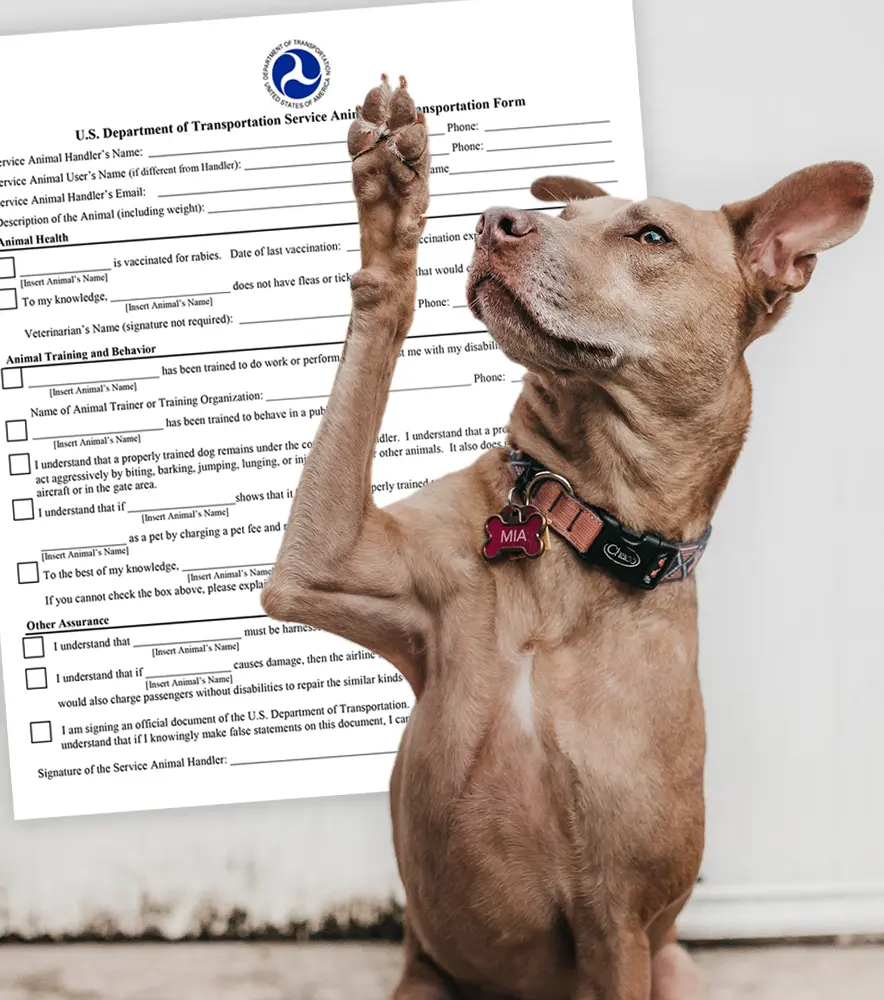
If you plan to fly with a service dog, there is one document you should be familiar with. In 2021, the U.S. Department of Transportation revamped its rules for assistance animals on flights. As a result, emotional support animals were banned on flights, but service dogs maintained their right to board flights as long as the passenger submits a new federal form to the airline before departure.
If you own a service dog, you are allowed to board the cabin of flights free of charge and with an exemption from pet rules under U.S. air travel rules. That includes both service dogs that help with physical disabilities and psychiatric service dogs that help with mental health disabilities.
In this article, we will review the DOT’s Service Animal Air Transportation Form and explain how to use it when flying with your service dog in the future.
Basic Requirements
Before you consider completing the DOT’s Form, there are three essential requirements you must have fulfilled:
- Have an eligible disability
To own a service dog, you must have an eligible physical or mental disability under ADA and ACAA rules.
- Have a task-trained service dog
You must have a dog that has been trained to perform one or more tasks relating to your disability.
- Have a service dog trained for public settings
Your service dog must be capable of behaving at the airport and during the flight.
Read on below for more details on these three requirements.
Information about the Owner and Animal
The first part of the Service Animal Form asks for information about you and your service dog. In most cases, service dog owners will fill in their names as the “Handler” and leave the “User Name” blank. The “User Name” might be needed if the person transporting the service dog is different from the person who needs the dog for their disability. For example, a transporter may be taking a service dog on a flight to meet the dog’s new owner in another location.
The Service Animal Form also asks for the dog’s name and weight. Note that service dogs are not subject to the same weight restrictions as pets on flights. A service dog can sit on the floor in your foot space as long as it does not encroach on the space of another passenger or the aisle.
Animal Health Section
This part of the Service Animal Form asks you to verify that your service dog has been vaccinated for rabies and does not have fleas, ticks, or a disease that would threaten other people or animals.
You must also include your veterinarian’s name and phone number. The Service Animal Form notes that a signature from the veterinarian is NOT required. Your veterinarian’s contact is requested for informational purposes — you make the certifications about your service dog’s health.
Disability and Training Requirement Section
Service Dog Owners Must Have a Disability
The most important part of the Service Animal Form is the section that asks you to verify that your service dog has been trained to assist with a disability. By definition, a service dog must be fully trained to perform a job or tasks relating to a physical or psychiatric disability.
The term “disability” is a legally defined term under federal disability and air travel laws. A disability includes physical conditions like visual impairment or compromised mobility and mental health conditions like severe depression, anxiety, or post-traumatic stress disorder. Whatever the condition may be, it has to “substantially limit” at least one major life activity.
If you believe you may have a psychiatric disability, a licensed mental health professional is best qualified to evaluate whether you meet the eligibility requirements. If a licensed professional such as a therapist or doctor assesses that you have a disability, they can sign a PSD letter for you that puts their findings in writing.
There are penalties and legal consequences for making misstatements on the Service Animal Form. That has caused some anxiety among service dog owners who previously have not been subject to any documentation requirements. For owners with “invisible disabilities,” a PSD letter can provide comfort knowing they have a documented, eligible disability.
Service Dogs Must Be Fully Trained
Whether it is a service dog for a physical or a psychiatric disability, a service dog cannot be considered a legal service animal until it is fully trained to perform tasks that assist with the handler’s disability.
On the Service Animal Form, you must indicate who the trainer or training organization was. If you trained your service dog yourself, you would list yourself. The DOT has made clear you do not need a third-party trainer or organization to have a service dog. Many service dog owners train their dogs on their own without outside assistance, and the DOT recognizes this.
Service Dogs Must Always Be Well Behaved
In addition to being task-trained, service dogs must be trained to handle public settings without causing any disruptions. You must also verify on the Service Animal Form that your service dog has not behaved aggressively or caused serious injury to another person or dog.
Other Assurance Section
The last part of the Service Animal Form asks you to confirm that your service dog will be harnessed, leashed, or tethered at all times at the airport and on the plane. You have to acknowledge that the airline may charge you for repairs if your service dog causes any damage on the plane.
It’s important to recognize that there are consequences for not completing the form accurately. You must check the box acknowledging that you are signing an official U.S. DOT document which can subject you to fines if you knowingly make false statements. You must be truthful about your disability, and the level of service dog training your dog has achieved.
Conclusion
While at the airport, service dog owners should keep in mind that in addition to the Service Animal Form, there are a few other ways airport and airline staff can verify that you have a service animal:
- Airport and airline staff can verbally ask two questions:
1. Is your service dog required because of a disability?, and
2. What work or task has your dog been trained to perform?
Note that they are not allowed to ask for specific details regarding your condition or for your service dog to demonstrate its task on command. - Staff can observe whether the service dog has been properly trained to be in a public setting or if it is disruptive.
- Staff may be on the lookout for physical accessories, such as harnesses and vests, even though these are optional and not required by law.
The Service Animal Form may, at first glance, cause anxiety among service dog owners; after all, before the DOT’s rule changes, service dog owners were generally not accustomed to any type of documentation requirements.
While the new form is a burden for service dog owners, individuals with eligible disabilities and properly trained service dogs should be able to complete the form and make the necessary representations easily.
About the Author: The writing team at Service Dog Certifications is made up of folks who really know their stuff when it comes to disability laws and assistance animals. Many of our writers and editors have service dogs themselves and share insights from their own experiences. All of us have a passion for disability rights and animals.
24 comments
Leave a Reply Cancel reply
Latest Posts

Dangerous Materials Hiding in Your Dog Products
Jake’s German Shepherd began developing strange rashes around his collar. Three vet visits later, they figured out the leather was treated with chromium — a chemical that irritates sensitive skin. Jake had no idea his dog’s collar contained industrial chemicals. Most dog owners don’t know what goes into the products they buy. Many companies use […]

Read More

Can You Bring a Service Dog to a Basketball Game?
Yes, you absolutely can bring your service dog to basketball games. Whether you’re heading to your local high school tournament, a packed college rivalry game, or splurging on NBA tickets, the Americans with Disabilities Act protects your right to be accompanied by your service dog anywhere the public can go. When you arrive, venue employees […]

Read More

Best Pet Health Insurance Providers
If you own a pet, you know how important — and expensive — vet care can be. One way to offset those costs is to purchase pet health insurance. Like typical health insurance, pet insurance is available at many price points, and can cover all, most, or only some of your vet-related costs. It can […]

Read More
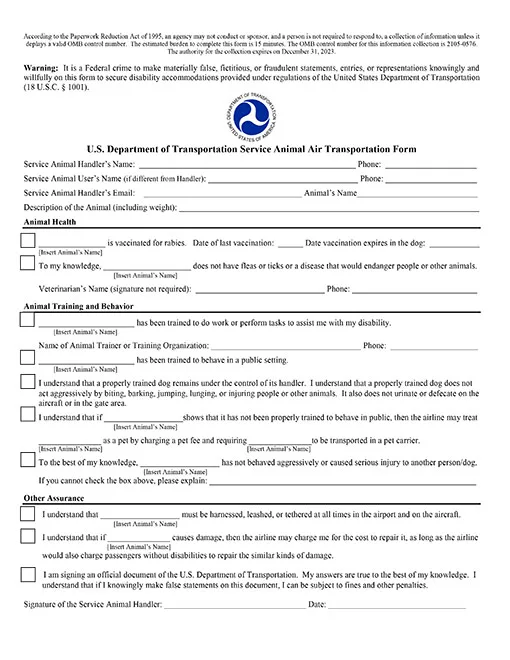
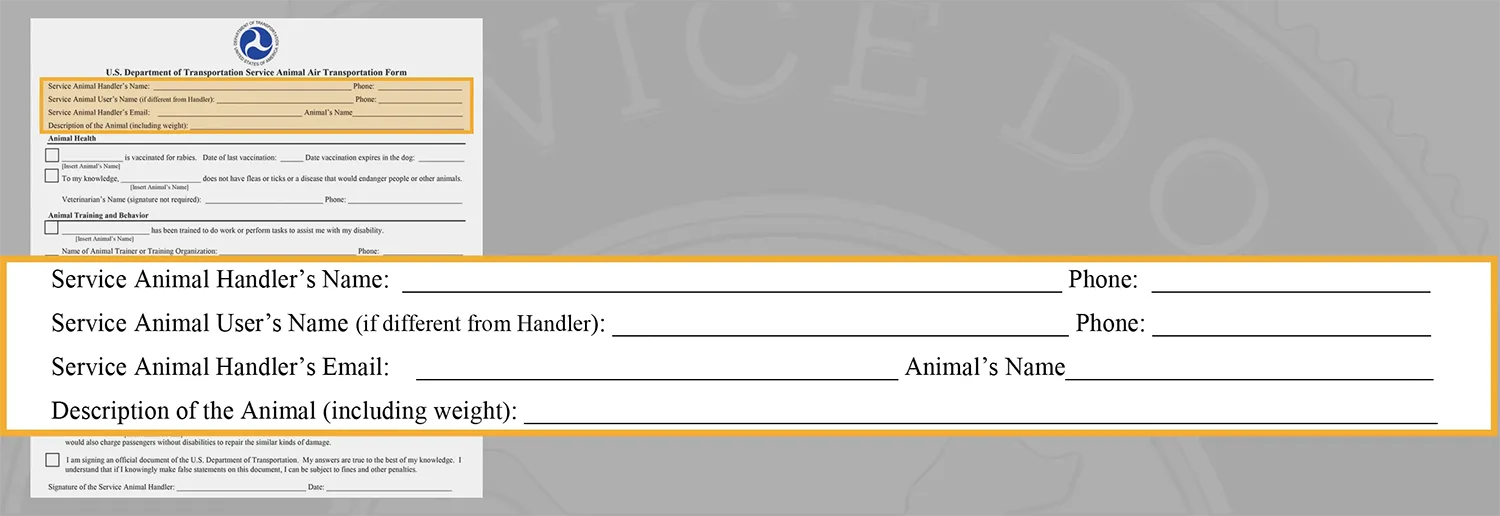
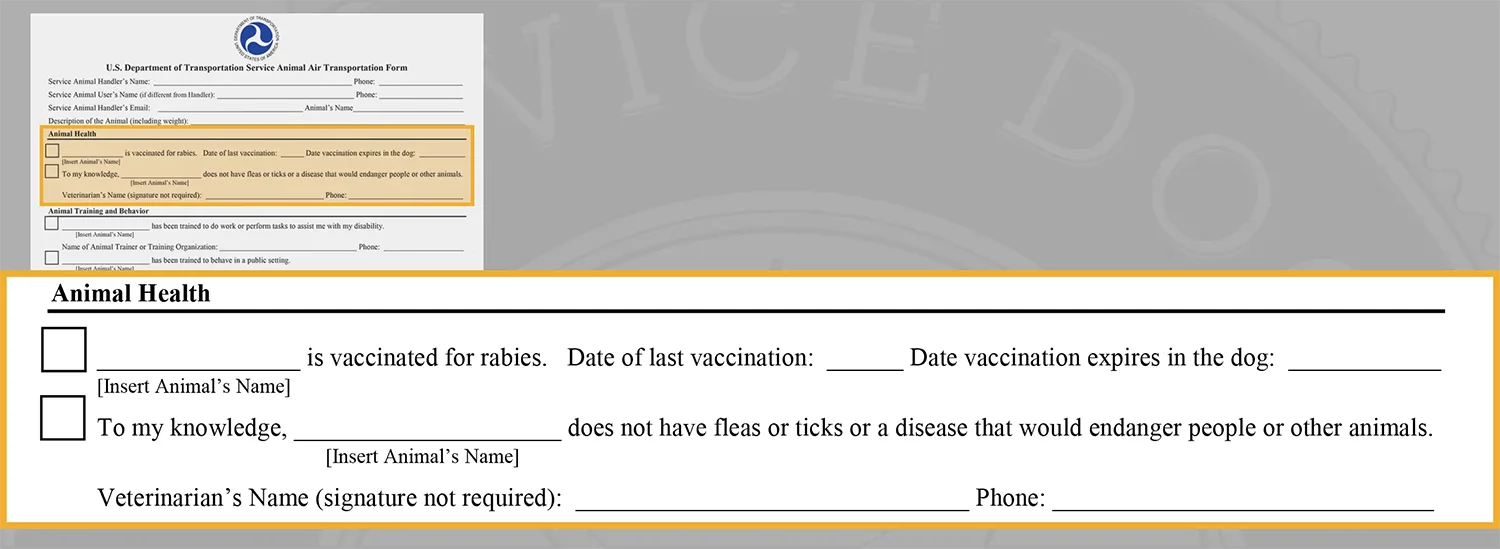
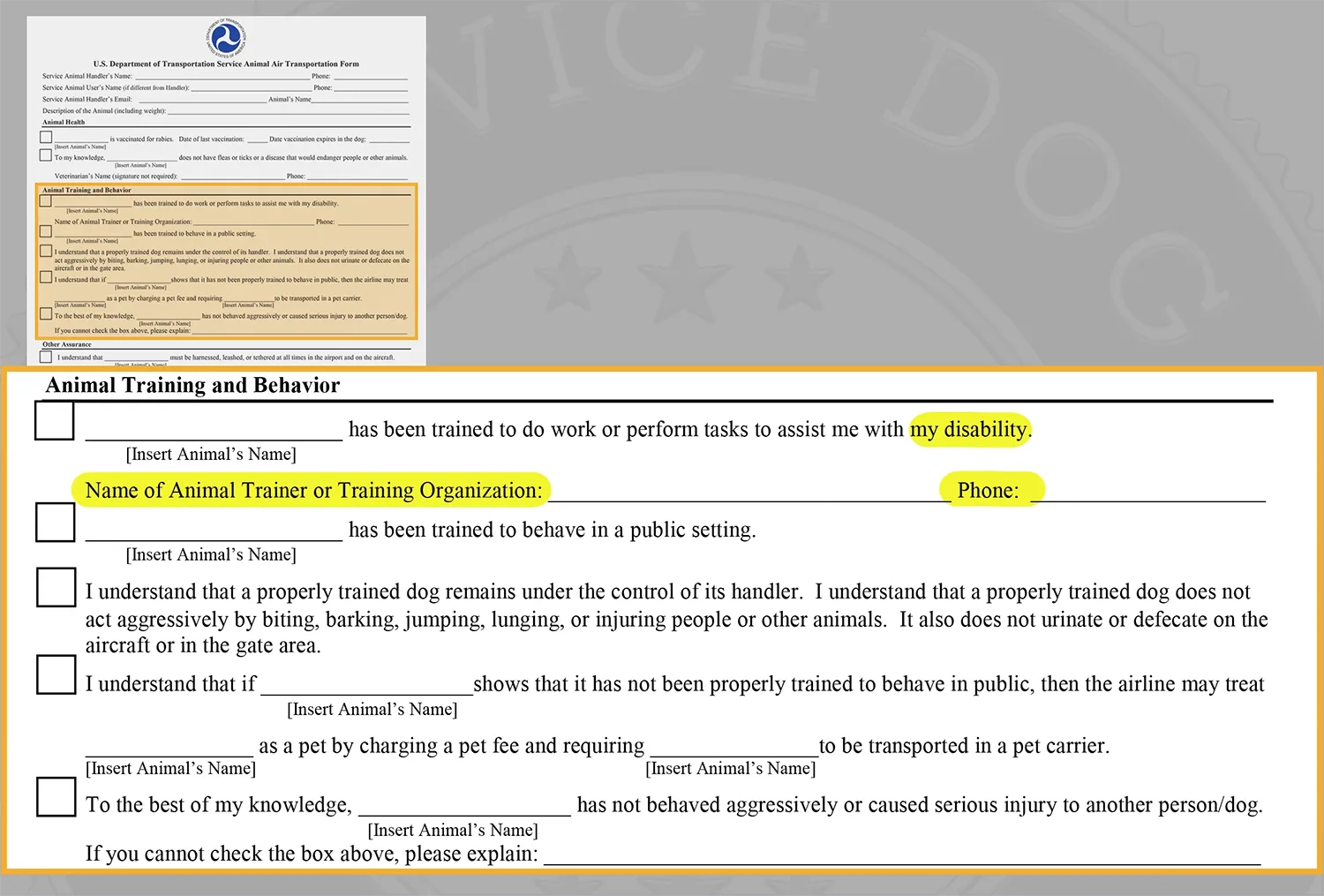

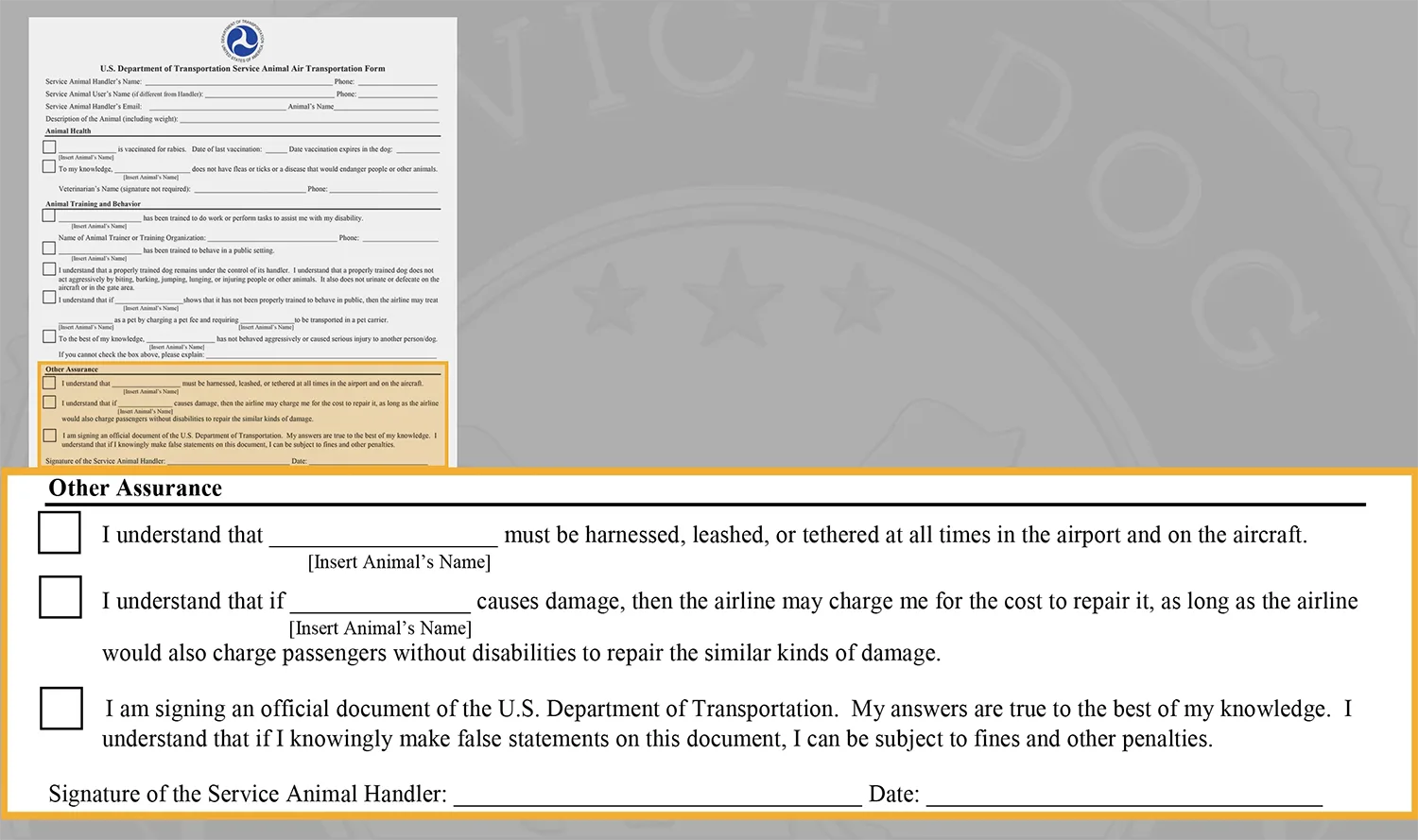
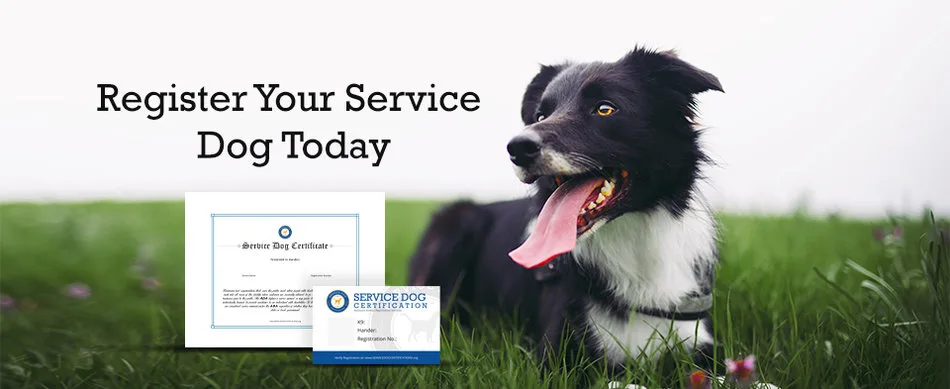
Where do I need to send the paper work for my service dog to fly can I fax it and what number will I need to fax it to I am trying to fly out on the 20th of this month but want to make sure he can fly with me thx for your response
It depends on the airline – some will have a link on their website to upload the form, others will have an email address you send the form to. We recommend checking with your particular airline to see what their preferred method is.
do i need to still fill out the dept of transportation agricultural papers if i’m flying internationally? No one at the united airlnes has been able to answer this
We’re not aware of any requirement to complete a DOT agricultural form, but your international destination may have paperwork for your assistance animal.
If service dog can board for free why do certain airlines charge a fee?
U.S. airlines should never charge any type of fee for service dogs.
We are picking up my son’s SD next week and flying United. Does anyone have the information where to send the dot & relief forms. I can not find them. So stressful, my son has never flown and now no one knows this. United was no help.
You may find this link helpful: https://esadoctors.com/airline/united-airlines-emotional-support-animal/
WIll DOT call the trainer and my doctor to confirm the diagnosis/need for dog?
The DOT form does not require you to list your doctor. They may verify your trainer but that is not typical.
Under HIPAA regulations, it is ILLEGAL for them to verify ANY medical information with your doctor.
My son had a stroke, is a veteran, is paralyzed on his right side and completed your forms for flying with his service dog. Allegiant Airlines in Indianapolis In said his dog was denied boarding. They stated they could not tell him the reason just that he was denied. He asked to speak to a supervisor and was told there was no one to speak to at that time. He had to leave the dog behind when flying to Florida on June 11, 2022. This dog helps him with mobility. This is the second time he has tried to fly Allegiant Air with the dog and was denied boarding. He does not have any trouble bring the dog on any other airline. I would like to know how this has happenec and why. This is a disgrace to our veryerans and to our veterans. Because he is without his dog, he has not been able to be very mobile and enjoy his vacation.
If your service dog is denied boarding you are entitled to know the reason for it. We suggest following up with the airline again to get clarification and to avoid future disruption of your travel. There may have just been a misunderstanding with an airline agent.
It may have been a totally UNTRAINED employee, also. I have had airlines count my Service Dog towards their “pet” limit, even when they agree it’s a Service Animal. Supervisors usually straighten then out. Employees can be stubborn and just plain stupid.
How and where do I submit this form to United Airlines?
We suggest contacting United and ask to be connected to their Accessibility department. They can provide the latest instruction on how to properly submit the form.
If I carry my dog is that still considered a service animal? And if I trained my own dog do I have to be certified?
There are times when it is appropriate to carry smaller service dogs. You can train a service dog own your own. There is no specific certification required for you to train your own service dog. You might find this article helpful: https://www.servicedogcertifications.org/service-dog-training-guide-the-basics/
Can I give the airline (JetBlue) a copy of the DOT form at the airport (FPL) to fly with my service dog?
You should submit the DOT form to JetBlue well before arriving at the airport (we recommend at least 48 hours beforehand). You can find instructions on how to submit the form through JetBlue’s online portal here: https://www.jetblue.com/at-the-airport/accessibility-assistance/service-dogs-animals
So do i need to send this form to the DOT to be approved ? Do I contact the airlines to inform them? I’m new to this and don’t want any situation happening before or the day of my travels > thank you all in advance
The form is not submitted to the DOT. You would submit the form directly to the airline you are flying with. The airline will usually have an online portal or an email address where you submit the form. If you’re unsure about how to submit your form, you should call your specific airline to see what their procedure is. We also recommend having a copy of the form with you at the airport so you can show the gate agents, just in case.
What type of task is a dog required to perform for PTSD?
To get an idea of what a service dog can do, please check out our list of service dog tasks.